Begonia
This indoor plant is not only beautiful, but also easy to care for. An ideal choice for busy housewives who appreciate beauty.
Begonia prefers bright lighting, but without direct sunlight. It is better to place it on a window on the east or west side.
Begonia leaves have a variety of shapes and colors. And thanks to its varietal diversity, you can definitely choose something for your cozy apartment, for example, ampelous begonia with unusual flowers. Begonia can bloom throughout the year. The buds form into lush flowers and decorate the entire room with a pleasant aroma.
In addition to its aesthetic qualities, this houseplant does an excellent job of purifying the air and absorbing harmful substances.
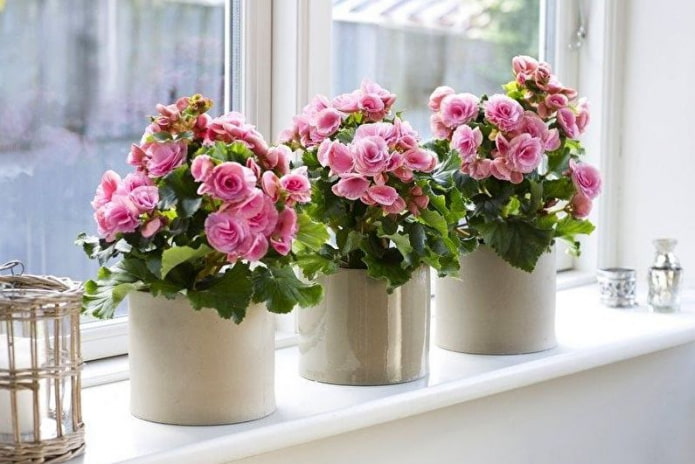
Aloe arborescens
Also called century plant. Aloe juice has antibacterial and anti-inflammatory properties, and also improves immunity and helps with heartburn, so it is actively used in folk medicine.
It has long been believed that the century plant protects household members from accidents. Helps to attract good luck, drives away envious people.
Loves well-lit places and moderate watering.
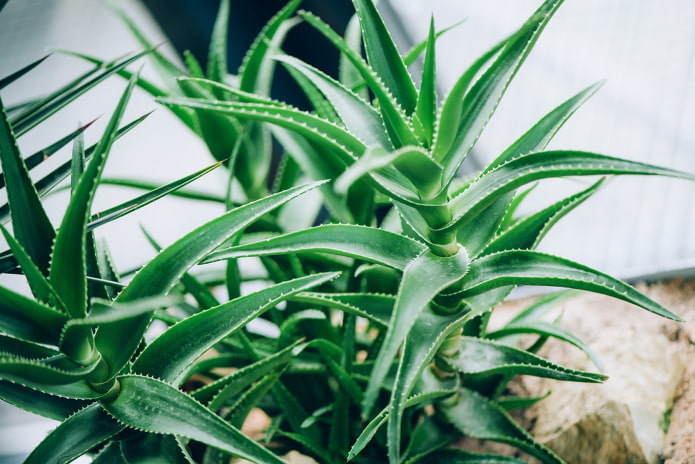
Spathiphyllum
Also called “women’s happiness”. The indoor plant has luxurious flowers that bloom in April-June. And in family relationships, the flower relieves jealousy and strengthens the affection of spouses, returning passion.
Spathiphyllum is unpretentious, has a pleasant aroma; the flower is placed in a place protected from drafts with diffused light. The plant is also often used by decorators who create original designs for living spaces.
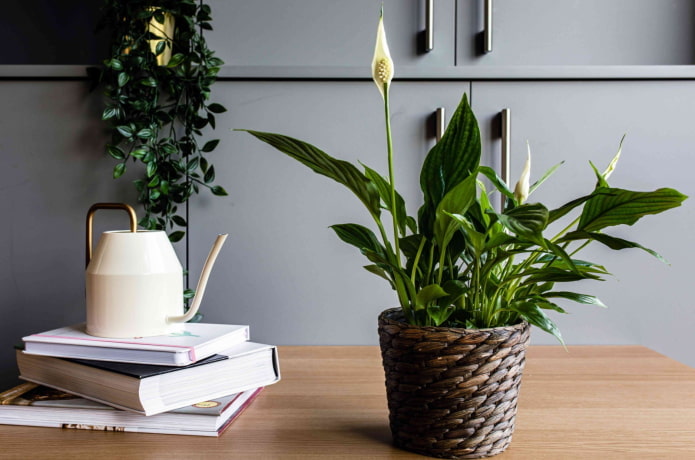
Myrtle
It is an excellent gift for newlyweds, as it strengthens relationships and brings peace. In ancient times, myrtle was used to complement the bride’s hairstyle; it was believed that it could bestow unfading beauty and eternal youth.
With proper care, myrtle grows up to a meter in height. The best place for the tree is a windowsill with diffused sunlight, as it loves light. Also, myrtle needs to be sprayed throughout the growing season and the soil should not be allowed to dry out.

Sansevieria
A popular and unpretentious plant, which is also known as “mother-in-law’s tongue”. It does an excellent job of purifying the air and enriching it with useful substances. Sansevieria can grow well even in the hallway. And the contrasting color of the leaves will help to enliven even the most dull interior.

Balsam
People’s love for this plant is reflected in the signs that boil down to the positive influence of the flower on a person. Balsam is also called “little fire”, “wet Vanka” and “touch-me-not”. It perfectly decorates the interior of any room, and people say that it copes with cleansing the aura and makes men luckier.
The flower does not require special care, and at the same time it blooms almost all year round. Disinfects the air. Needs moist soil.
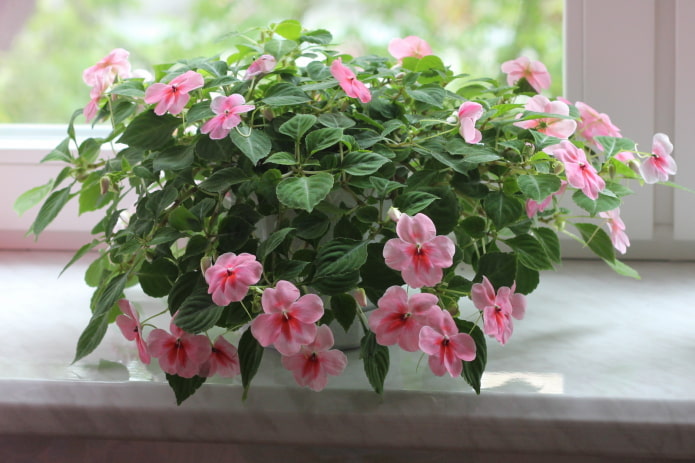
Orchid
There are many contradictory beliefs surrounding this graceful plant: in the West, it is considered an energy vampire because the flower grows not only in the ground, but also on a tree. Orchid should not be given to weak-willed people, so that it does not take away a person’s strength.
But in the East, this plant symbolizes nobility and greatness. It brings good luck, protects from evil, makes a woman even more attractive and even improves financial well-being.
Orchid requires diffused light and regular watering at the root. The stem with flowers must have a support.
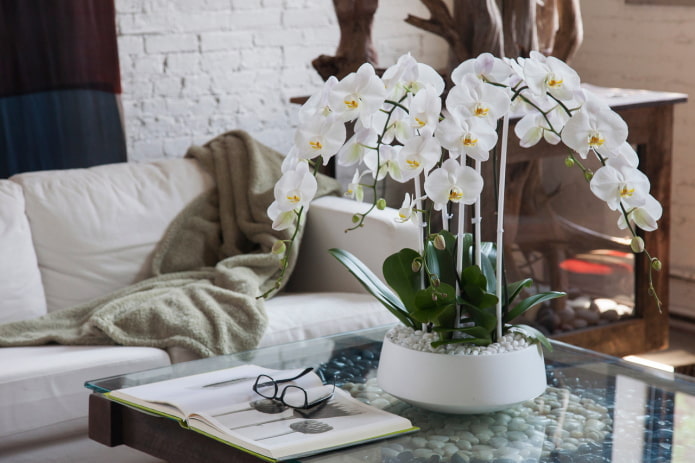
Cactus
There is a belief that only “thick-skinned” people can get along with thorny plants, and emotional individuals will become more aggressive and irritable if they get cacti. It is believed that they provoke quarrels and scandals, and also drive a man out of the family. But for many peoples, cacti have long served as symbols of longevity and health, as well as protectors of the hearth.
It is called a warrior who protects a person not only from evil forces, but also from theft. Blooming cacti foretell happiness, a wedding or an addition to the family.
Cacti do not require special care, so they are an excellent option for those who are rarely at home.
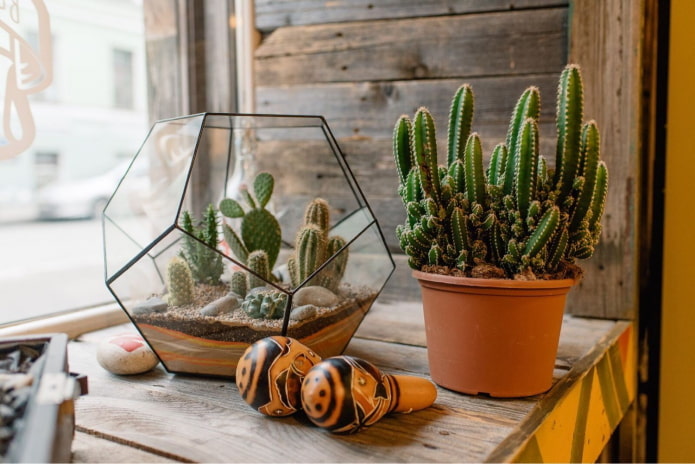
Saintpaulia (violet)
The delicate plant is loved by many gardeners, but has managed to acquire a variety of superstitions. The most common is that violet does not allow a single woman to get married, and also attracts grief. But Saintpaulia does not interfere with established couples, but on the contrary strengthens the marriage.
In the East, the flower is a symbol of harmony, and in the West they say that it “calms the heart.” Violet blooms in houses where gentle, friendly people live and helps to maintain good relationships with others.
It loves illuminated places without direct sunlight, high humidity and moderate watering. Once every six weeks, the leaves should be cleaned of dust by washing them under the tap.
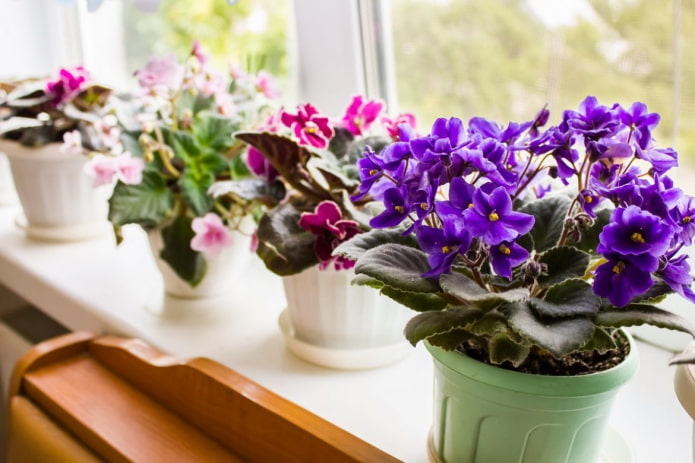
Monstera
An exotic liana with bizarre, figured leaves has not gone out of fashion for decades and during this time its appearance has given rise to many superstitions: it cannot be placed near the bed (it provokes nightmares and suffocation), it disrupts family relationships, and sucks the strength out of its owner.
But it uses up no more oxygen than other plants, humidifies the air and absorbs not human energy, but harmful formaldehyde, so the monstera is a very useful flower! In China, it is kept as a symbol of longevity, given as a gift for anniversaries, and placed as a keeper of the hearth.
It loves warmth and abundant watering, and can grow in a shaded area. The leaves need to be washed with water and sprayed.

Lemon
The lemon tree is a symbol of good luck, and a fruit-bearing plant is a sign of abundance and wealth. It increases the thirst for knowledge and activity, so it is especially recommended to keep it in a room where children study and play.
Lemon requires annual replanting, as its root system grows very quickly. Loves diffused light, no drafts and constantly moist soil.
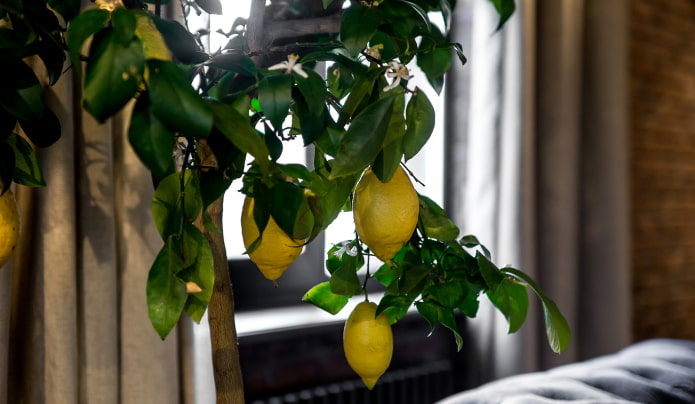
Fat Woman or Crassula
The money tree has round leaves that look like coins, and according to Feng Shui, it promises its owners material well-being.
Experts believe that the positive properties of the fat woman are fully revealed if you grow it yourself, placing the pot in the south-eastern part of the house.
It loves light very much, is undemanding to humidity, moderate watering is suitable. Requires replanting every two years.
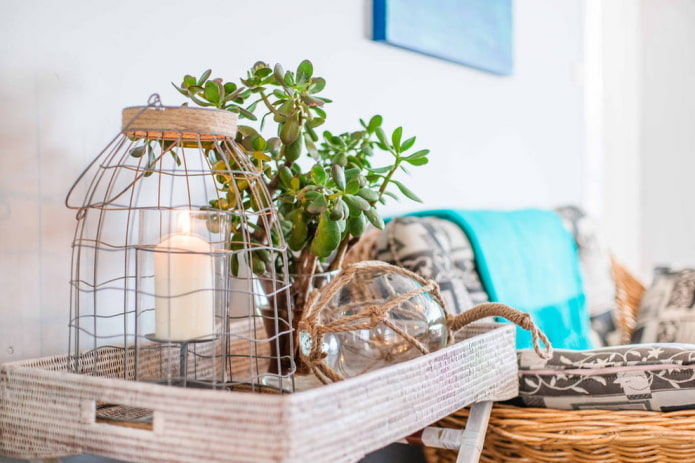
Geranium
The flowering aromatic plant belongs to the Yin energy, therefore it gives success in all endeavors. It also calms and relieves fatigue, therefore after a hard day’s work it is recommended to sit next to the flower for some time.
The smell of geranium repels many insects, but experts do not advise placing the flower in rooms where the inhabitants are most often. Geranium should be placed on a well-lit windowsill, and in winter – illuminated with special phytolamps, otherwise the shoots will stretch out. Does not tolerate stagnant water in the soil.

Azalea
This plant is suitable for creative people in crisis, as it gives inspiration, restores vitality and helps to focus on the task. It does not allow you to lose vigor, it is useful for those who find it difficult to get up in the morning. It has a positive effect on the cardiovascular system.
Azaleas do not tolerate dry air and too much sunlight. They require frequent watering and spraying.
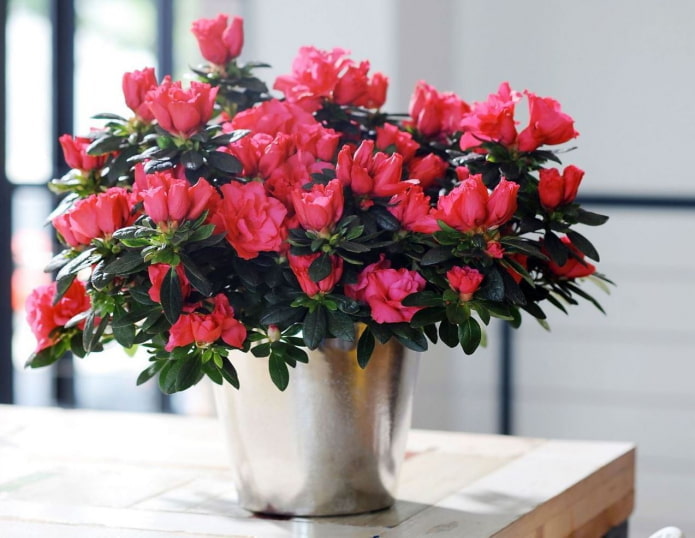
Chlorophytum
An unpretentious houseplant, very popular in Soviet times, fills the apartment with useful substances and absorbs harmful ones. Biologists have proven that it can replace an air purifier. By adding activated carbon to the soil, you can enhance this effect and make breathing much easier.
Chlorophytum loves sunlight and regular watering. It easily propagates by aerial roots.
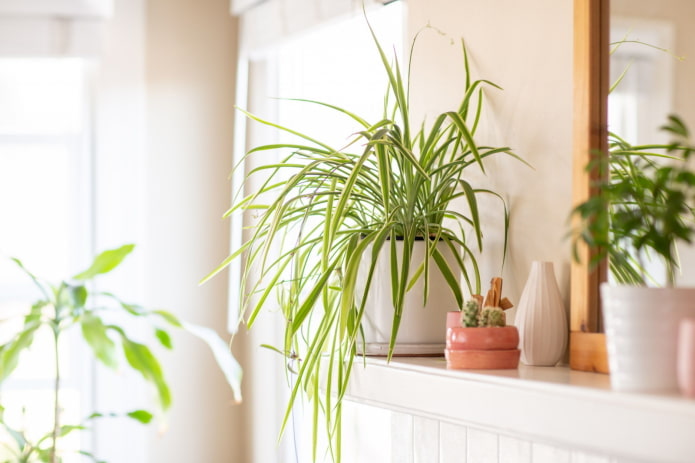
Nephrolepis
A type of fern that adapts well to home conditions. It is often found in children’s institutions and hospitals. It successfully cleans the air from dust. It is actively used in folk medicine, and sometimes in cooking.
It does not like dry air and bright sun, and requires moderate watering. If the humidity is below 45%, it should be sprayed with water.

Ficus
Indoor ficus removes toxins and harmful volatile substances, suppresses viral microorganisms, humidifies the air and reduces the amount of dust. It is believed that its owners are less prone to depression and get sick less often. It is widely used in folk medicine.
Ficus leaves should be wiped with a damp sponge. It should be placed in well-lit places. Loves high humidity, showers and spraying. Requires annual replanting.
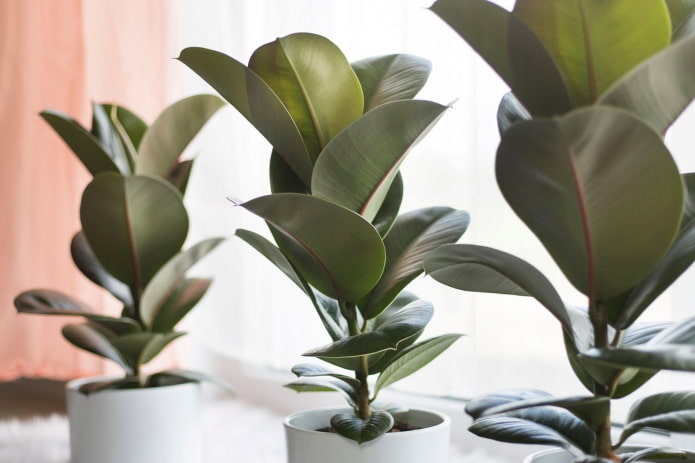
Asparagus
Fills the air with special components that accelerate tissue healing. Eliminates heavy metals and harmful microorganisms. It is believed that asparagus prolongs youth, increasing skin elasticity. Useful for those who are prone to lung diseases.
The plant’s soil should be moist. Loves good lighting, spraying, and sheds yellowed needle-like leaves in dry air.
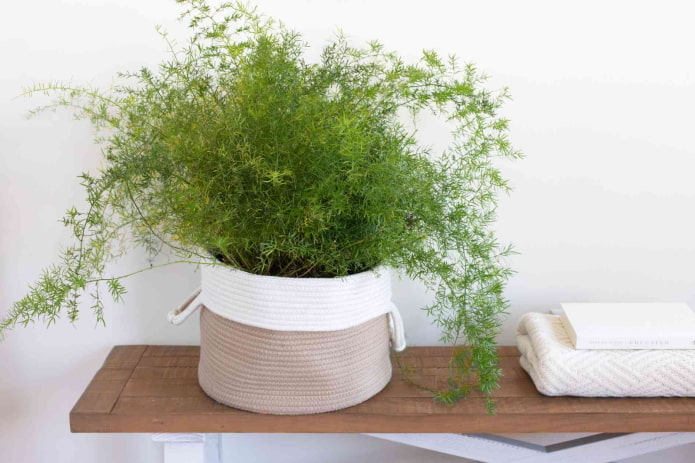
Plants certainly influence our lives, decorating them and bringing harmony. However, it is worth remembering that much depends on us, including our mood and the favorable atmosphere in the house.
Now reading:
- Home crafts: ideas, master classes, decor from old things | Do it yourself
- Stylish Ways to Store Your Dishwashing Sponge
- 12 creative ideas for home and garden from old jeans with your own hands.
- 12 ideas for arranging a cozy courtyard of a private house: comfort and practicality (27 photos)
- ideas for designing the entrance area of the site to create a bright first impression.